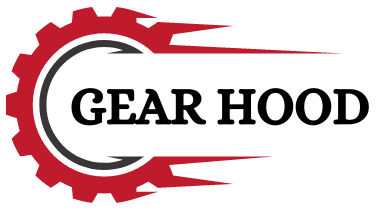[ad_1]
Running a repair shop can be a challenging task, especially when it comes to managing inventory, scheduling appointments, and keeping track of customer information. However, with the right tools and software in place, you can streamline your operations and improve productivity. In this article, we will discuss the importance of implementing repair software in your shop and provide some tips on how to make the most of it.
The Benefits of Repair Software
Repair software can offer a wide range of benefits for your shop, including:
- Improved organization: With repair software, you can easily keep track of inventory, appointments, and customer information in one place.
- Increased efficiency: By automating tasks such as appointment scheduling and inventory management, you can save time and improve overall efficiency.
- Better customer service: With repair software, you can provide faster service to your customers and keep them informed every step of the way.
- Enhanced tracking and reporting: Repair software can provide valuable insights into your shop’s performance, allowing you to make data-driven decisions and identify areas for improvement.
Tips for Implementing Repair Software
When implementing repair software in your shop, there are a few tips to keep in mind to ensure a smooth transition:
- Choose the right software: Take the time to research different repair software options and choose one that best fits the needs of your shop.
- Train your staff: Provide training for your staff on how to use the software effectively and encourage them to ask questions and provide feedback.
- Integrate with other tools: Look for repair software that integrates with other tools your shop uses, such as accounting software or CRM systems, to streamline your operations.
- Customize as needed: Customize the software to fit the specific needs of your shop, such as creating custom fields for customer information or setting up alerts for low inventory.
- Monitor performance: Regularly review key metrics and performance indicators to ensure the software is helping your shop run more efficiently.
Conclusion
Implementing repair software in your shop can help streamline your operations and improve overall efficiency. By choosing the right software, training your staff effectively, and customizing the software to fit your shop’s needs, you can take full advantage of the benefits that repair software has to offer. With increased organization, efficiency, and tracking capabilities, you can provide better customer service and make data-driven decisions to drive your shop’s success.
[ad_2]
